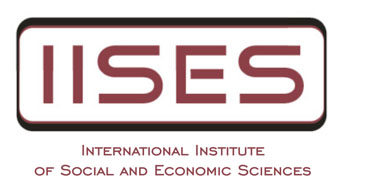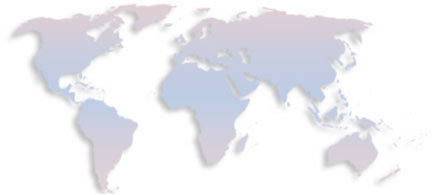2nd Law & Political Science Conference, Prague
THAILAND’S APPROACHES IN MANAGING MIGRANT WORKERS, 1978 - 2008
NUMTIP SMERCHUAR
Abstract:
As a major country situated in the middle of mainland Southeast Asia, Thailand has experience in migration movements. In 1977, Thailand began adapting to industrial development. Due to rapid industrialization, Thailand was confronted with an inadequacy of domestic labor, and higher wages meant Thailand became a destination of labors from other countries in the region. In such circumstance Thailand could not come across to reach a concrete policy on foreign workers but what Thailand could do most was to introduce a day by day policy. In other words, without an effective policy on immigration, Thailand has to face many problems that came after. With a help from illegal movement which got benefits from illegal immigrants, Thai policy in this case was still in vain. Historical research on Thailand’s migration policies is limited. However, what there is can explain a specific phenomenon of governmental migration policy. Additionally, the previous studies were highlighted on 1992, which was the beginning of the relaxation of registration of an influx of migrant workers from neighboring countries. The policy is often described as part of the larger migration context, or as outlining the scope of the topic under discussion, but the mechanisms of policymaking, and how those have changed over time, is rarely discussed. This study argues that the role of government as the main agent since the Foreign Employment Act of 1978, and the reasons for change in each transition period, should be explored to explain the Thai government’s handling on this issue during a period of political turbulence and global economic changes. The contents of the paper show how Thailand has confronted its problems, including the state’s perception and the policy mechanisms used to solve those problems. Based on the government documents, the dynamics Thailand’s policies can be concluded as; 1) Thailand has no coherence objectives to handle with migrant workers. 2) Thailand responded the influx of undocumented workers with controlling approach during 1978-2000 and shifted to systematic management approach in 2001 onward, and 3) Thailand’s migration policy perused isolate from national development strategy.
Keywords: Thailand migration policy, immigration, public policy
PDF: Download

